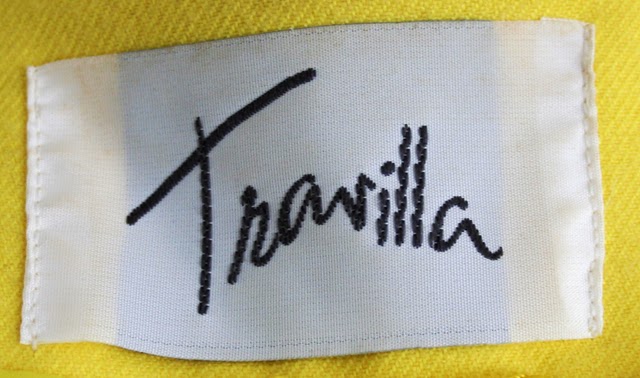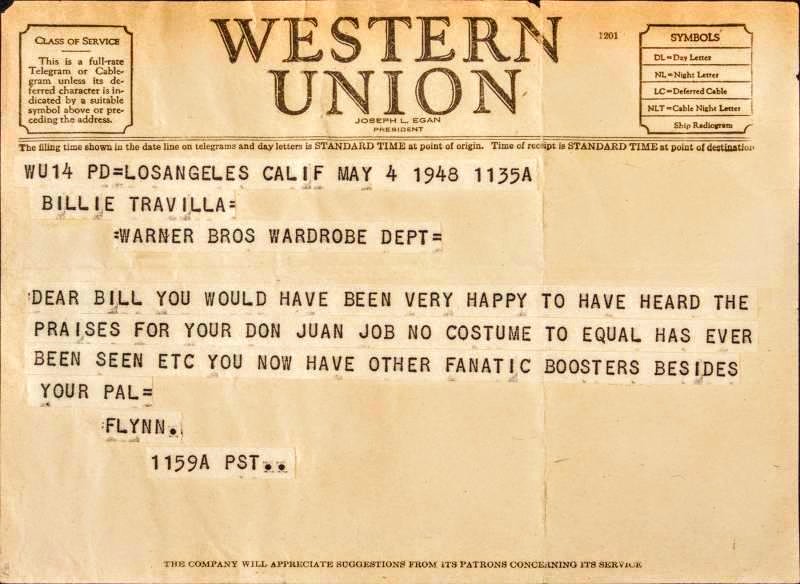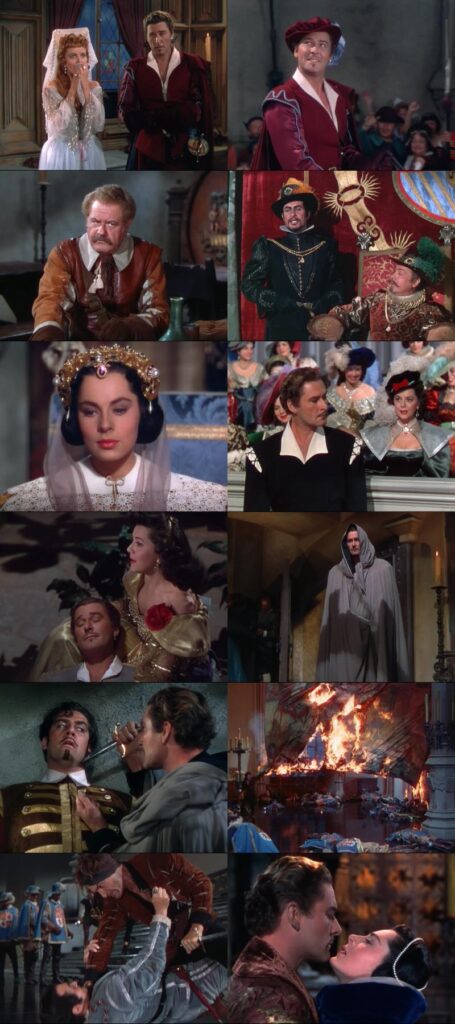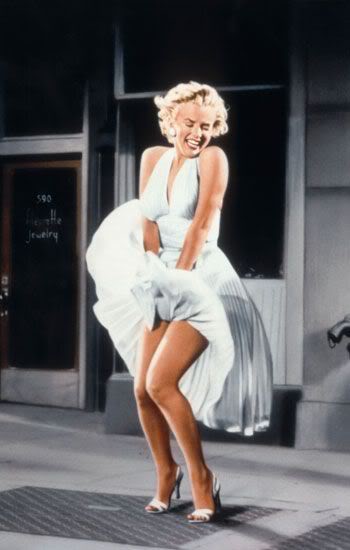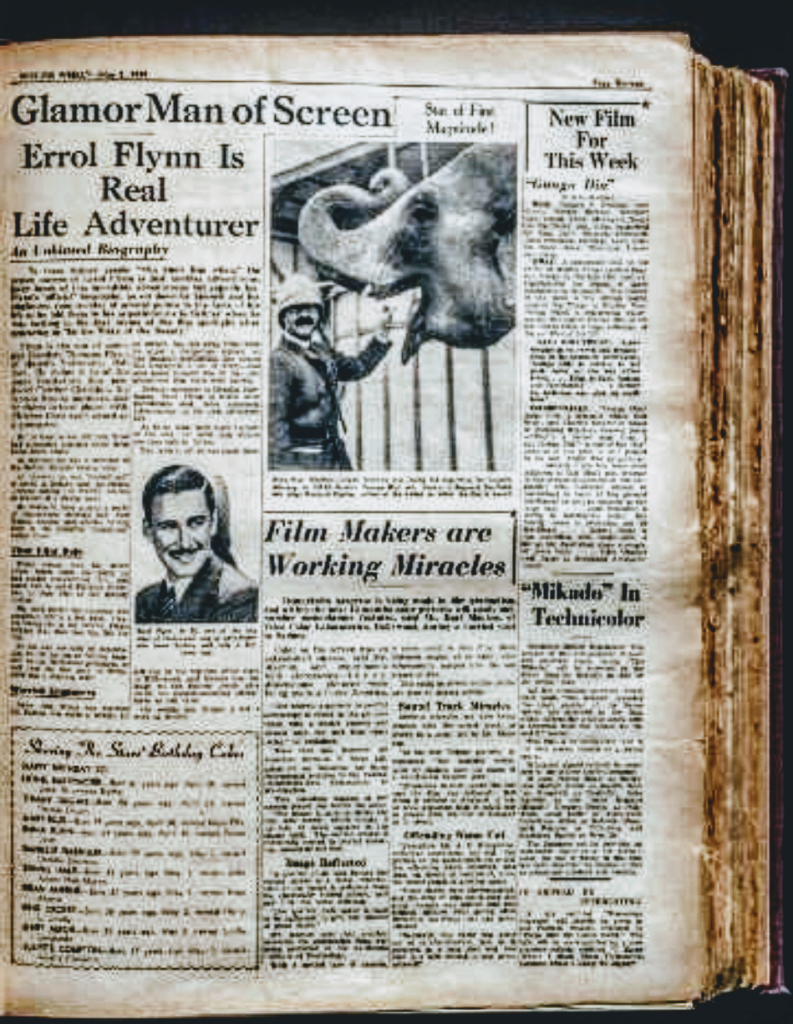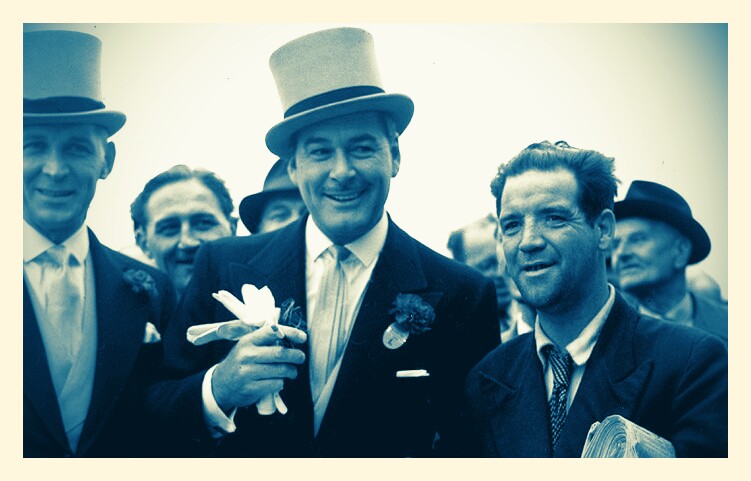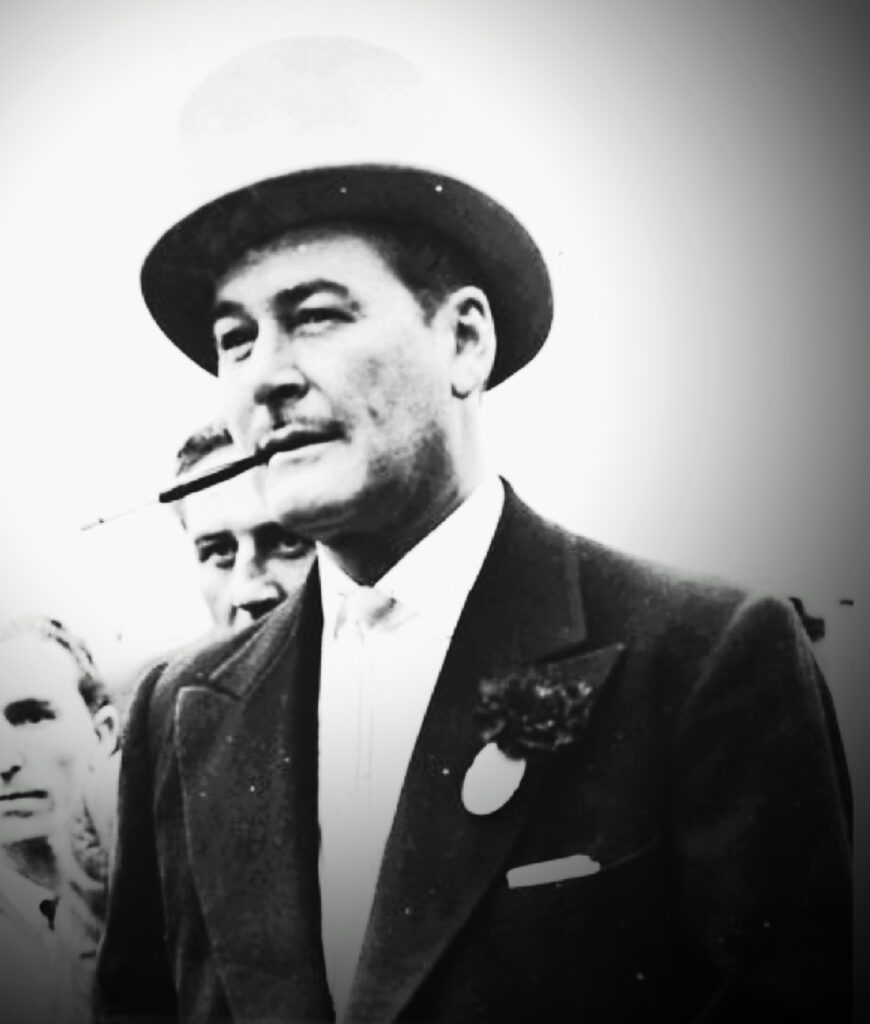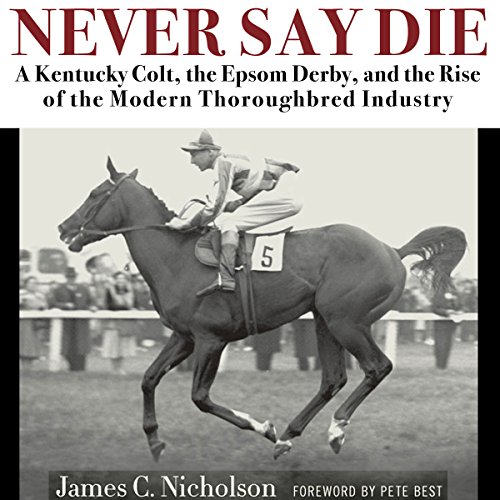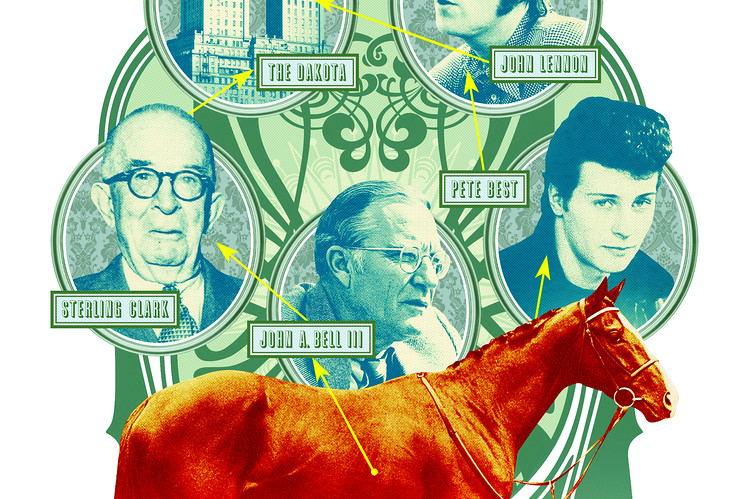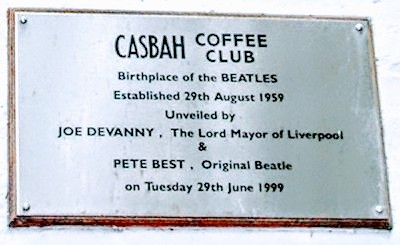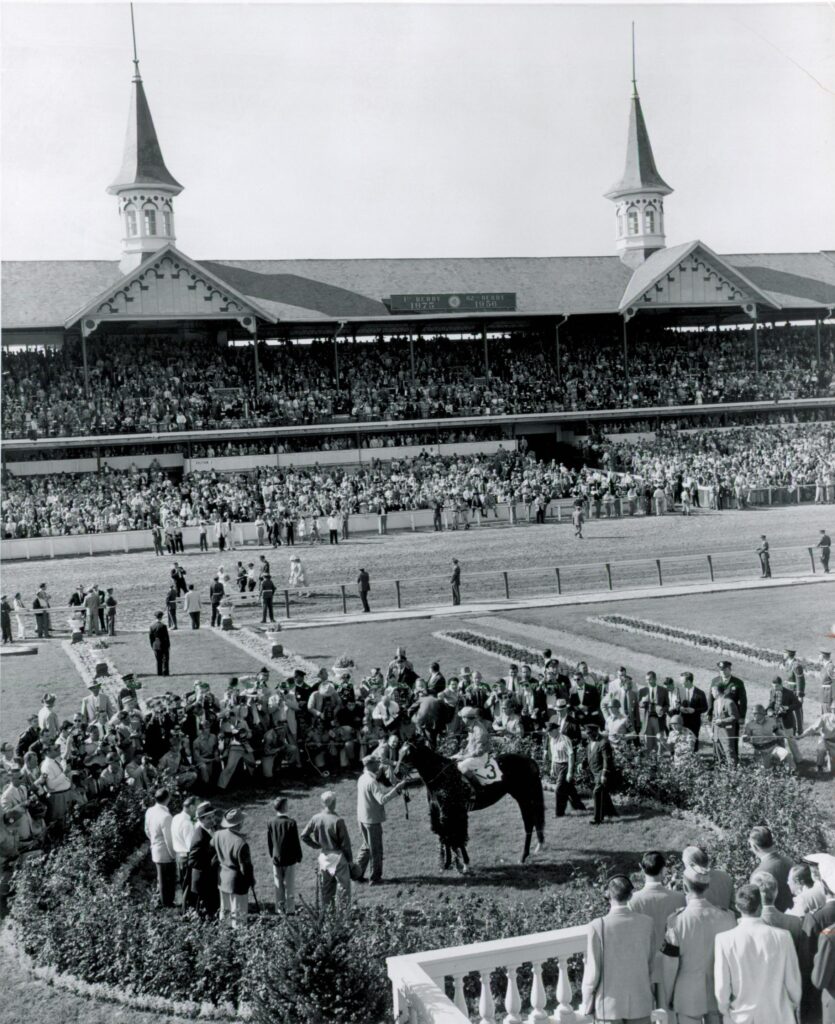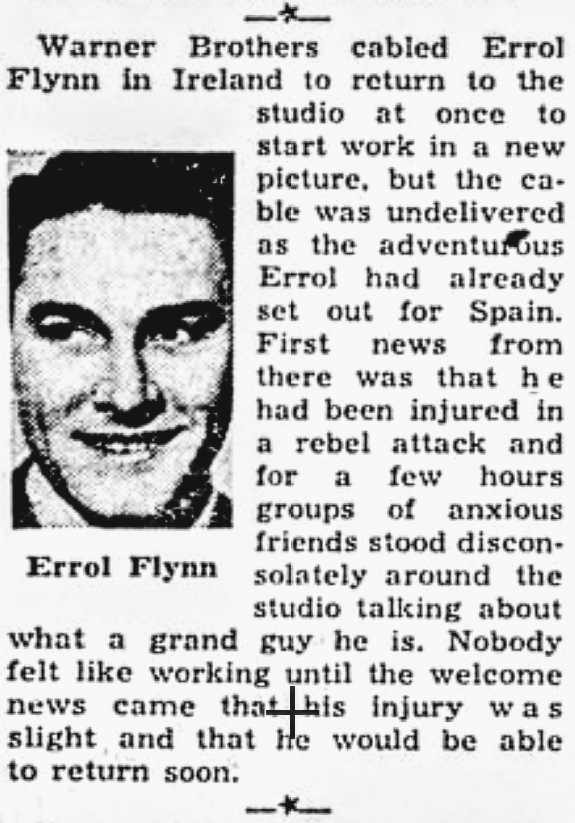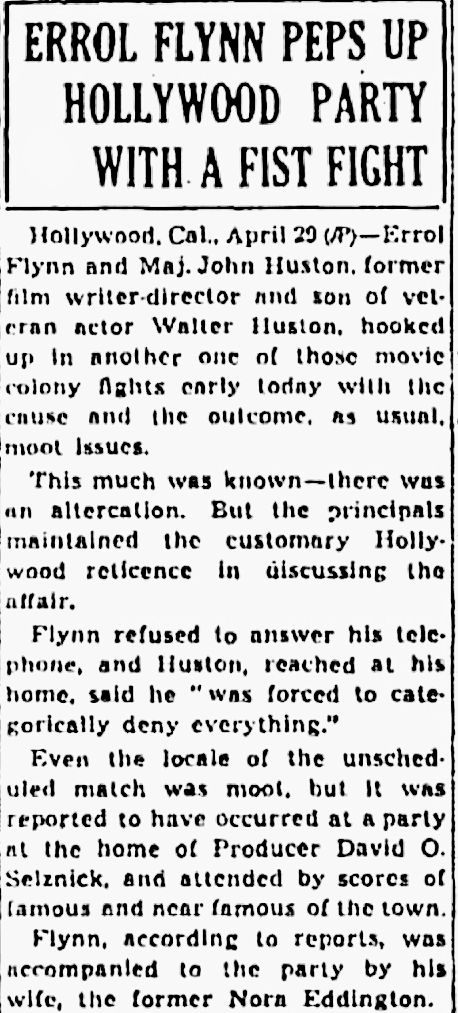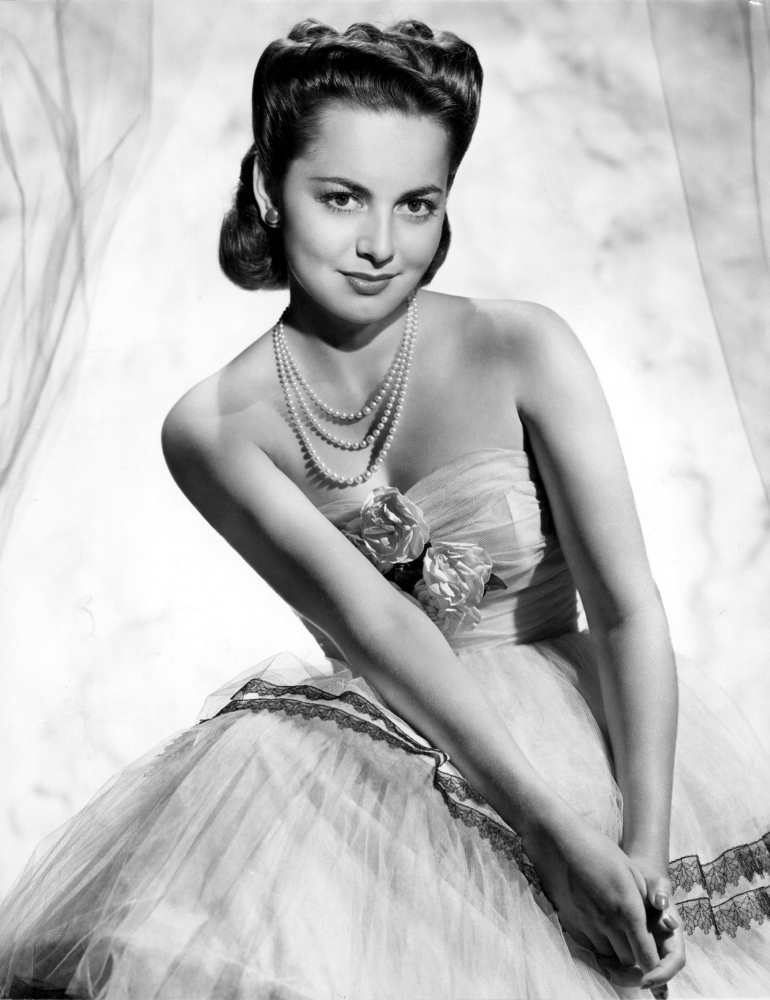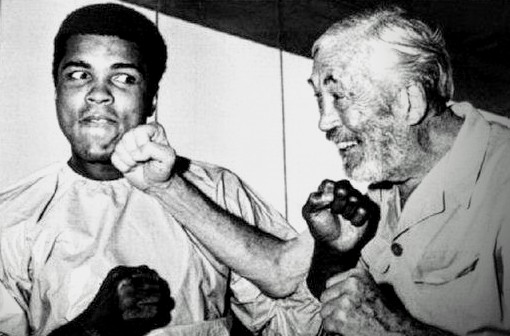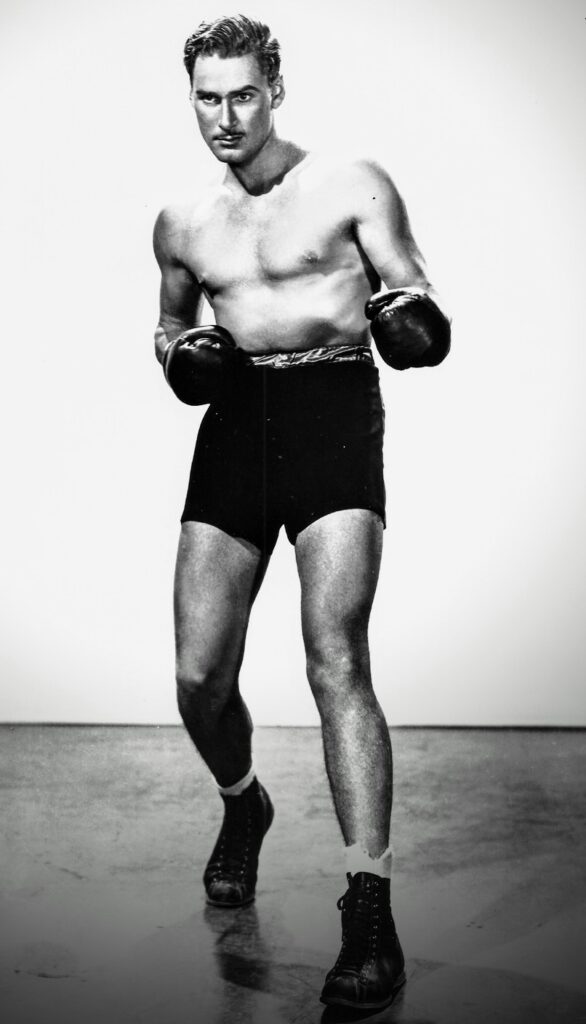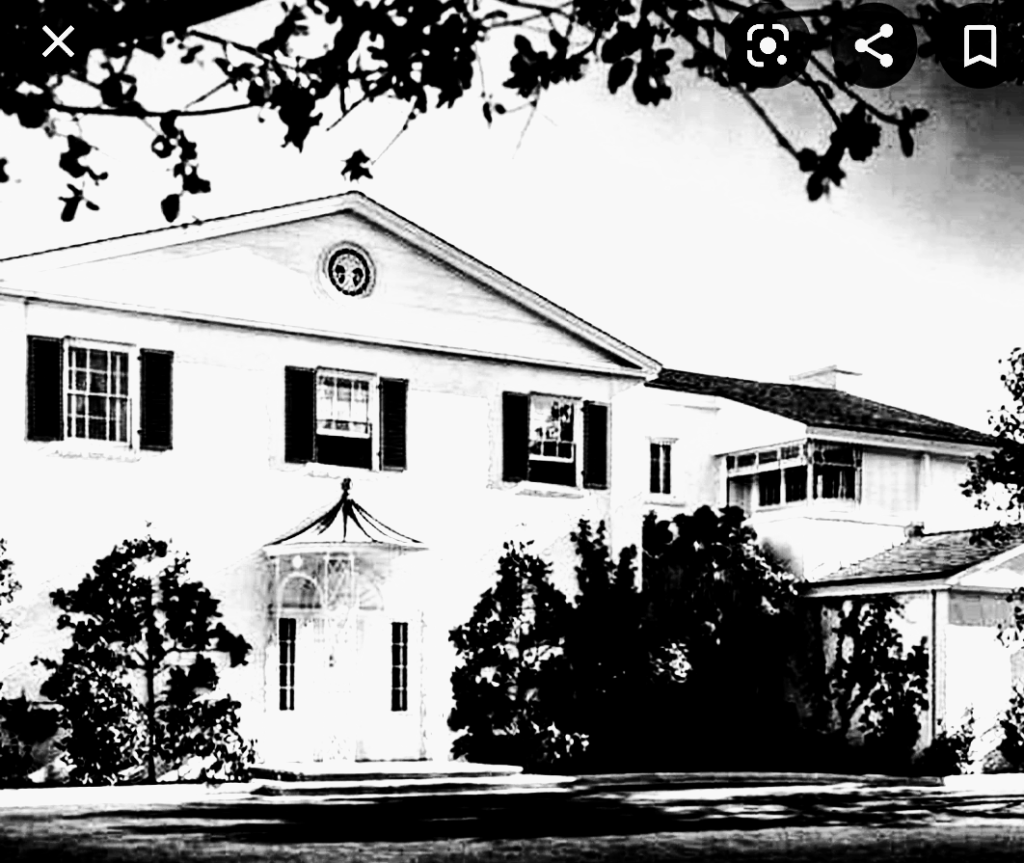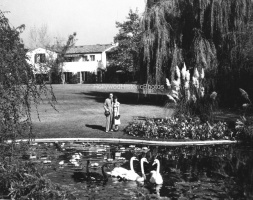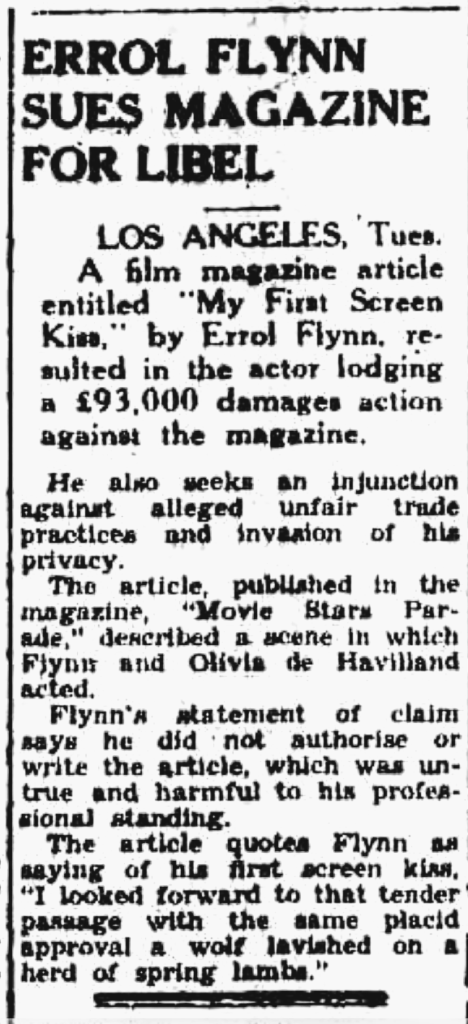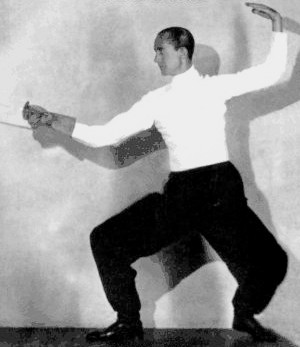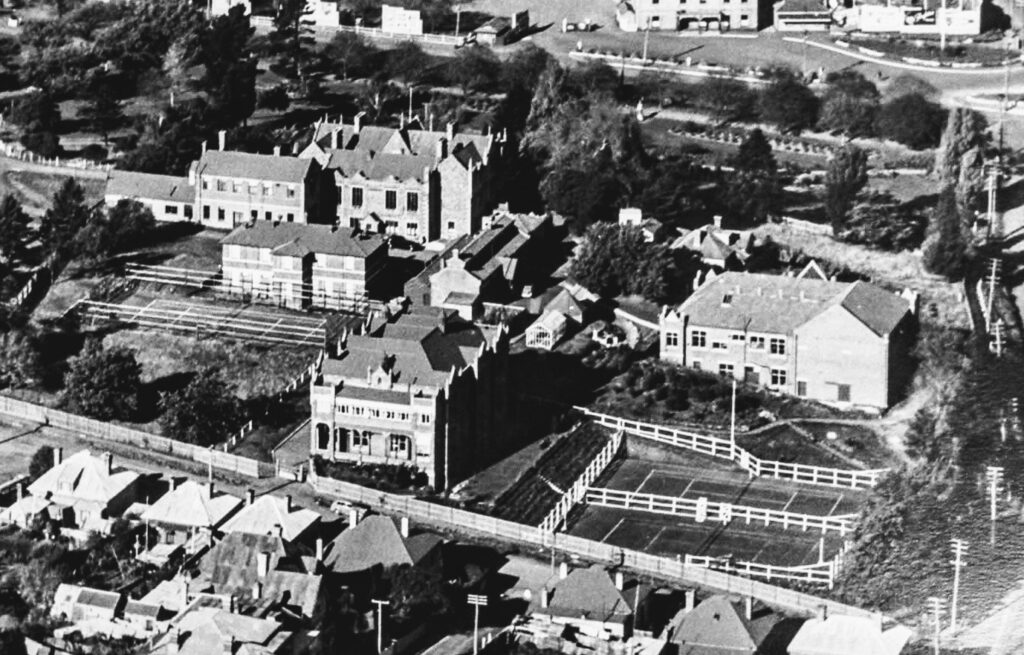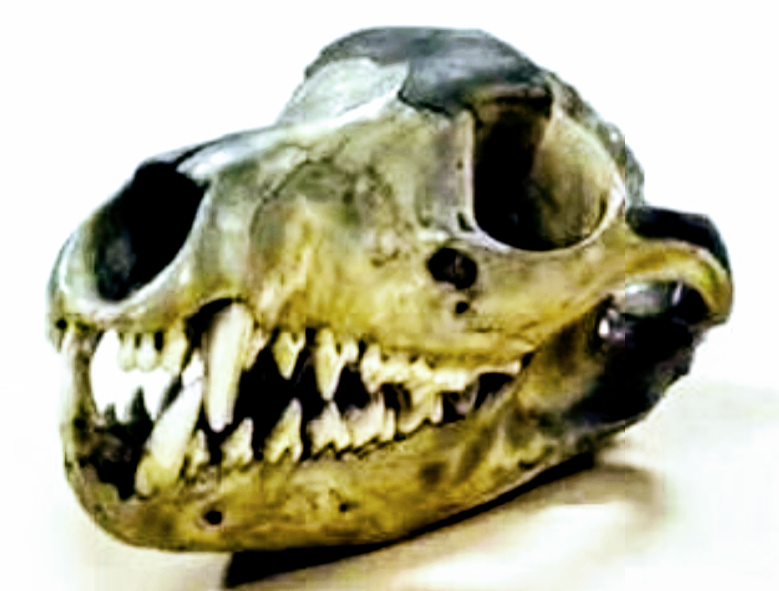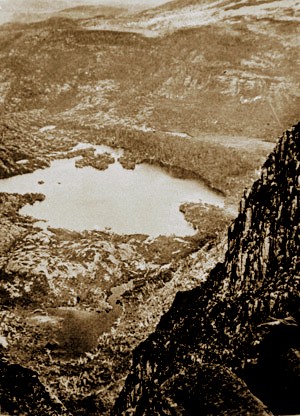April 30, 1957

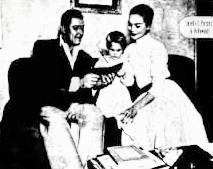

Louella 0. Parsons in Hollywood
International News Service
Louella O. Parsons Motion Picture Editor
After six years abroad Errol and Mrs. Flynn (Patrice Wymore) return to Hollywood with baby Arnella.
He’s a real homebody now.
DASHING, happy-go-lucky, colorful Errol Flynn, who lost millions, is poorer today but happier than he’s ever been in his life. And he didn’t hesitate to say that Patrice Wymore (the present Mrs. Flynn) is responsible. Six months ago, Errol owed $900,000. Today, he has paid off $750,000 and sees his way clear to handing over the remainder by December. This is a changed Errol. No longer does that roving eye of his look at every pretty girl who enters a room. In the past, Errol was as wild, unpredictable and full of pranks as anyone I ever interviewed. He always talked with his tongue in cheek, and while I always liked him, I used to have the feeling that some of his nonsense was due to the fact that life was not happy. He asked me to have dinner with him and Patrice at La Rue. You can always depend upon Errol to say something different and to make an interview an occasion, and his first words to me were: “Well, what do you think of her?” pointing to the calm, gracious Patrice. A little embarrassed with such frankness, I countered with, “What do you think of her yourself?” “Well, she’s not my type, but 1 love her,” he laughed. “You know, she saved my life. I’d have run when the going was so tough, but, Pat, without a word of complaint, helped me straighten out my affairs, stuck by me and gave me encouragement. “I never thought I’d ever say I’d be lonely for any woman,” he continued, “but, do you know something? I can’t bear to be separated from her. She gives me a confidence I all but lost during those months of worry.”
The Flynns have been in Europe for six years. They left Hollywood in 1950, and Errol had considerable trouble with William Tell, the picture he was to make in Italy. He says he lost over $200,000 of his own money in it. Errol said, “To show you the kind of girl Pat is, she was expecting our bambina any hour when I got word that I had to be in New York on business. She said, ‘You go right ahead and I’ll wait until you return to have the baby.’ I got back Christmas Eve to find that she’d invited 30 people for Christmas Day egg nogs. On Christmas I rushed her to the hospital where the baby was born within a few hours. We just left all our guests at the party. “I never thought I’d want to settle down to family life,” Errol went on, “but you should see me now. You know how I never wanted domesticity. Whenever it threatened me I’d go away on my boat or take a picture assignment away from home. We now have the greatest family life you ever saw.
“Since I’ve been back in Hollywood,” he said, “we’ve had Pat’s parents from Kansas, her grandmother, and all the children with us My two little girls, Deirdre and Rory, by my marriage to Nora Haymes, spend every week end with us, and our daughter Arnella loves playing with them.” His fourteen-year-old son, Sean, by his marriage to Lili Damita, is the spittin’ image of Errol. Patrice told me Sean spent a little time with them in Europe. “He is so handsome and so intelligent,” she said. “He’s now in Florida with his mother.” A woman who can praise a previous wife’s child is all right for my money. Usually there is a feeling of resentment, but if Pat has any feeling of this sort she’s a great actress. Errol said, “At Universal-International they gave me some of rry ‘face’ back with a great part in Istanbul. I hope to come back and make another picture for them; it’s a nice studio. I’ll return in December.” “Didn’t you almost turn in at Warner Brothers studio by mistake?” I asked him. He started his career at Warners with Captain Blood [the film which made him] one of the top stars in the country.
Errol is older now and wiser. He has taken off some of the weight which so shocked me when I first saw him after his return here. But he’s still and always will be the same charm boy. When domesticity threatened in the past, he’d be off to other shores.
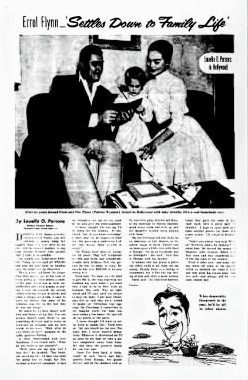
— Tim
